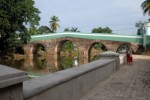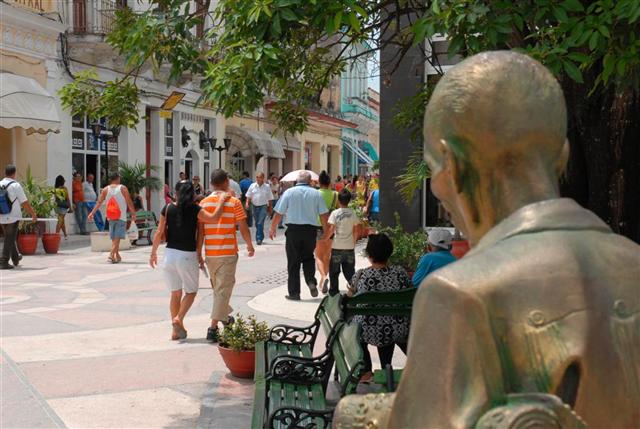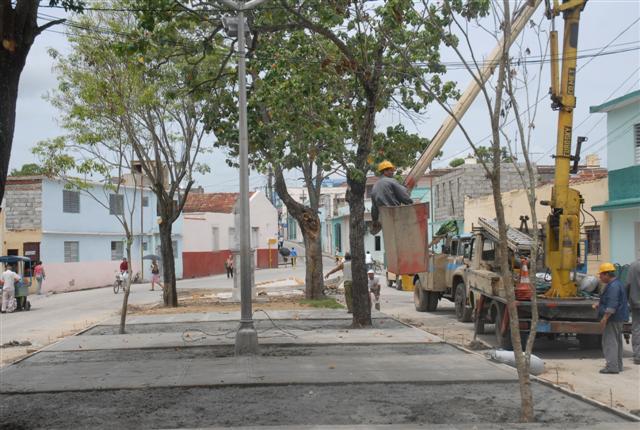 It will be difficult for those who tour the city of Sancti Spiritus, in central Cuba, not to be amazed at the many traces left by Diego Velazquez, and the following “conquerors” on local institutions, streets and squares.
It will be difficult for those who tour the city of Sancti Spiritus, in central Cuba, not to be amazed at the many traces left by Diego Velazquez, and the following “conquerors” on local institutions, streets and squares.
The 498-year-old village of the Holy Spirit is granted as a referential site, if we want to weigh up the colonial past that characterizes the inhabitants of the Antilles’ largest island.
Beyond the well-known disquisitions concerning the island’s first seven settlements, Cuban researchers hold that Sancti Spiritus was founded on June 4th, 1415, somewhere on the banks of the Tuinicu River. The exact location is yet to be defined.
The city’s historian Maria Antonieta Jiménez Margolles tells that for that purpose, Bartolome de Las Casas was asked to officiate a Whitsuntide mass in an area where a great many aboriginal people lived together.
The foundation of the village cannot be understood as an isolated event, Jimenez said, but as a process very much linked to the Whitsuntide celebration, which takes place sometime between May and June. In 1514, it occurred on June 4th, a fact that supports the assertion. So, the new city was named after the third person of the Holy Trinity: the Holy Spirit.
But the village was soon transferred to a location on the left bank of the Yayabo River. From that moment, the settlement grew larger, and turned into the city of Sancti Spiritus in 1867.
Unlike what happened in other towns, the Holy Spirit was not characterized by significant prosperous or decline periods. The location was limited to a relative development until the middle of the XIX century, when there was an economic and social boom.
Sancti Spiritus is the birthplace of great troubadours like Rafael Gomez Mayea (Teoflito) and brave patriots like Serafín Sánchez Valdivia. Local residents are proud of their cultural heritage -the so-called city’s historic area was granted the title of National Monument in 1978-, including the Yayabo bridge and the Principal Theater, one of the island’s oldest.
The almost five-century-old city is currently submitted to an ambitious renovation program (Mission 500), aimed at the restoration of its most emblematic buildings and streets.
One year after the program was announced, the Maceo Park (La Caridad Park), the Quinta Santa Elena House of the Guayabera, and some of the streets downtown already exhibit a different look.
Likewise, clean-up actions are being carried out along the Yayabo River, and the Avenida de los Martires paseo. The Serafin Sanchez Park has been also scheduled for reconstruction in the next years.
Architect Roberto Vitloch, director of the local Monuments and Historic Sites Office, has several times referred to the upcoming 500 anniversary of the Holy Spirit village, a city where symbols and heritage are well preserved.
Taken from AIN and translated by Escambray
 Escambray ENGLISH EDITION
Escambray ENGLISH EDITION








Escambray reserves the right to publish comments.